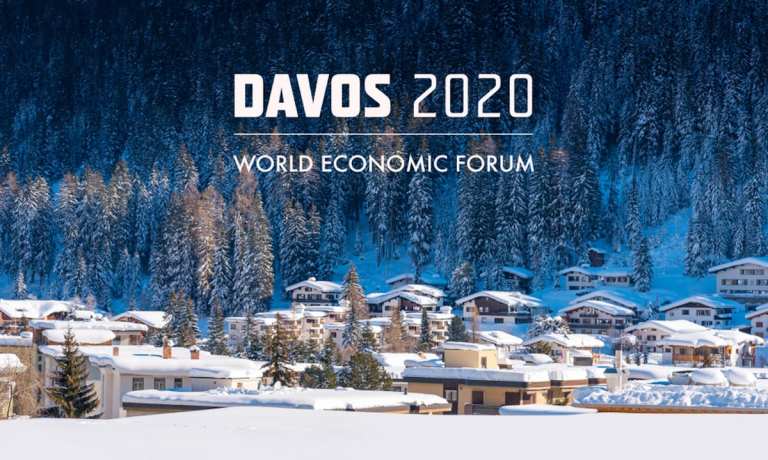Davos. It’s a small skiing village in Switzerland that has become synonymous with the World Economic Forum’s signature event that, in better years, has drawn CEOs, celebrities and international political leaders to discuss the macroeconomic trends that will define global business. So it was interesting that this year, the WEF decided to focus on a smaller issue: namely, the plight of SMBs.
And as it kicks off this week, so far Davos has had some of the payments and commerce industry’s leading players weighing in on helping SMBs get to the other side of the pandemic. As Mastercard CEO Michael Miebach wrote in a piece appearing on the WEF site, global leaders are facing a choice when it comes to helping SMBs.
“We can react to the changes of each day, or we can use this moment to reimagine our futures entirely. And we can try to do it alone or we can join efforts and strengths with like-minded partners,” Miebach wrote.
And those that step up to partner with the SMB community, he noted, are taking on a significant task. Small businesses, he wrote, are “the lifeblood of our economies and our communities” and need partners willing to work alongside them to build out the digital solution sets they will need to make it through this next “crucial phase of digital business savvy.”
“It’s time we – as those partners – ask the right questions, including the difficult ones. We need to listen, understand and advocate,” Miebach wrote. “Even before the pandemic, there were justifiable concerns about whether technology was going to end up impacting people’s lives for better or for worse. To me, technology can create opportunities, but only if it is guided by ethics and values, decency even, to innovate for inclusion. Our goal has to be removing walls – not creating new ones.”
A challenge, as highlighted in a recent WEF report, is not evenly met in all regions of the globe. Small businesses in the world’s least developed countries (LDCs) have been left cash-strapped due to plummeting revenues touched off by COVID-19 lockdowns around the world. Loans, credit and other forms of financing have largely dried up as banks and other FinServs have pulled back in an effort to fend off risk – leaving SMB owners in LDCs essentially flying without a net, and unable to put one in place.
In the past, entrepreneurs could look to official development assistance, which has been dramatically reduced as COVID-19 has had big impacts on how and where aid is spent. Several government donors have reprogrammed their aid budgets to fund immediate and urgent health priorities and humanitarian assistance in 2020, leaving SMBs without a place to look.
The good, or at least better, news is that blended financing offers, supported by a mix of public aid and private industry investment, are beginning to step in and fill that gap. These hybrid financing models, the WEF notes, put desperately needed cash into SMB owners’ hands to pay suppliers during emergency conditions. More important, the report notes, is access to long-term significant investments.
“This financing has enabled businesses to continue paying farmers and suppliers, as well as purchase equipment to introduce physical distancing measures in their operations,” the report stated. “Enabling businesses like these to continue their operations and grow their businesses, even during tough times, is what is needed to help them build financial resilience.”
And resilience, as Visa’s Global Head of Business Solutions Kevin Phalen told Karen Webster in a recent chat, has been the theme of the year for SMBs in the U.S. and around the world, as it was really the only option for those firms looking to survive the troubled waters of 2020. And for those that have achieved that, their thinking is now getting more expansive.
“Small businesses now are starting to pivot their thinking,” Phelan said. “If you think about phase one and phase two of this experience, the first phase was very much around the urgency of solving an immediate survival problem. Now we are seeing business starting to pivot to, ‘wow, I’m utilizing these new things.’ And they’re working.”
Which means the path for 2021 is going to be about getting more things “working,” because SMBs are looking at digital tools as a means to thrive in the new market, not merely survive the transition period. As those SMBs have transitioned their thinking, Phelan noted, the partners that serve them have also had to expand their thinking in terms of what they are offering.
“This is where that digital journey is underway for them, which for us is really exciting, because it gives us the ability to say, ‘how do we take these large, middle-market solutions and really tailor them and build them out accordingly for small businesses?’”
There is no going back, Phalen noted – from now on, SMBs will have to exist in a digital playing field. But on the upside, there are a lot of very big players invested in helping SMBs smoothly transition to digital.
Read More On SMBs:




